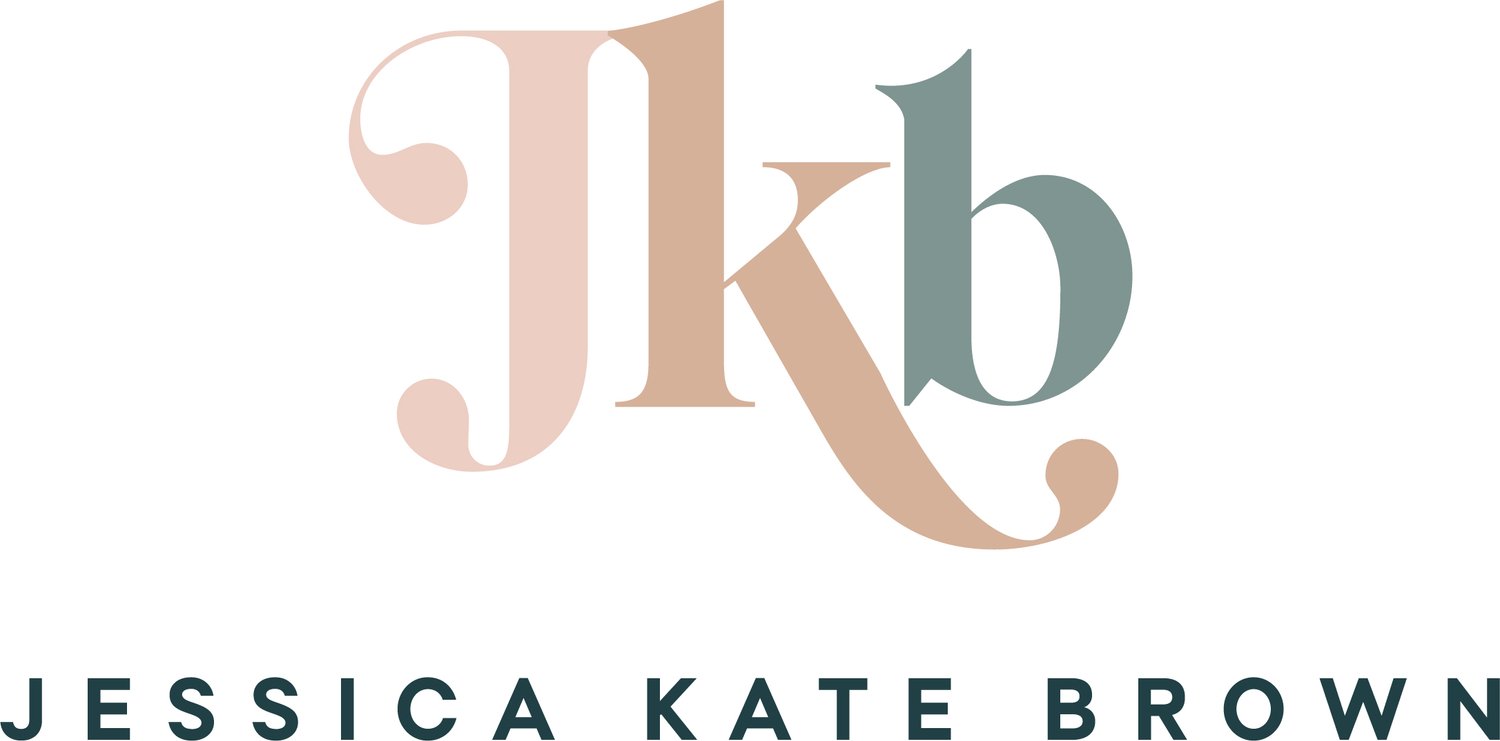How to write a great blurb for your non-fiction book
The blurb is usually one of the first things a potential reader (or book buyer!) looks at, and yet it is often the last thing an author thinks about when writing their book. Like it or not, people do judge a book by its cover, and that includes the back! So how can you make sure your blurb is making the right first impression?
Let’s start with the basics …
Keep it concise. Around 150 words is about right.
Write it in the third person. Why? Because it is commonly seen as accepted (and best) practice in the publishing industry – take a look at some of the non-fiction books on your bookshelf and you’ll see what I mean! A third-person narrative is likely to make your blurb sound more professional, and that’s reason enough really.
Your blurb is not a synopsis. Your blurb shouldn’t read like a summary of your book. Instead, entice your readers by introducing a little suspense. Share enough to create intrigue and excitement, without giving away any spoilers. Leave your readers wanting more!
Starting strong
Craft a killer opening line. The first sentence of your blurb is crucial to hook your reader in. Asking a question or using a statement quote from your book can work really well here.
Establish your expertise. What qualifies you to write your non-fiction book? Is it your experience, qualifications or achievements? With non-fiction genres like memoir, self-help and business, including your credentials places you as the expert and gives your books added credibility.
The middle matter
Tell your reader what’s in it for them. Does your non-fiction book help solve a problem? Will it help your readers overcome an issue or learn something new? It’s important to communicate what your readers will achieve from reading your book. Give them a taste of how it will help improve their lives. Make sure you make your book benefits clear.
The final touches
Avoid clichés. When it comes to writing, clichés rarely do you many favours – and this includes your book blurb. Keep your language fresh and original. Most of all, make sure it sounds like YOU!
Consistency is key. A blurb that doesn’t match the tone of your book is a bit like false advertising for your reader. Your blurb should be a snapshot of your book – the content, ideas and target audience should all be reflected in your blurb. Keep it consistent so when your audience read your book, they get what they are expecting.
Hopefully this has given you some ideas to get started on writing a blurb that will do your book justice. Take your time to make sure you get it just right. Your blurb is an integral part of your book and shouldn’t be a last-minute afterthought. So give it some TLC and enjoy the process!
Self-help book in progress?
If you’re looking for editorial support with your personal development book, I can help. As an experienced non-fiction editor, I can work with you from your final draft through to the final proofread. Book a free discovery call here.
